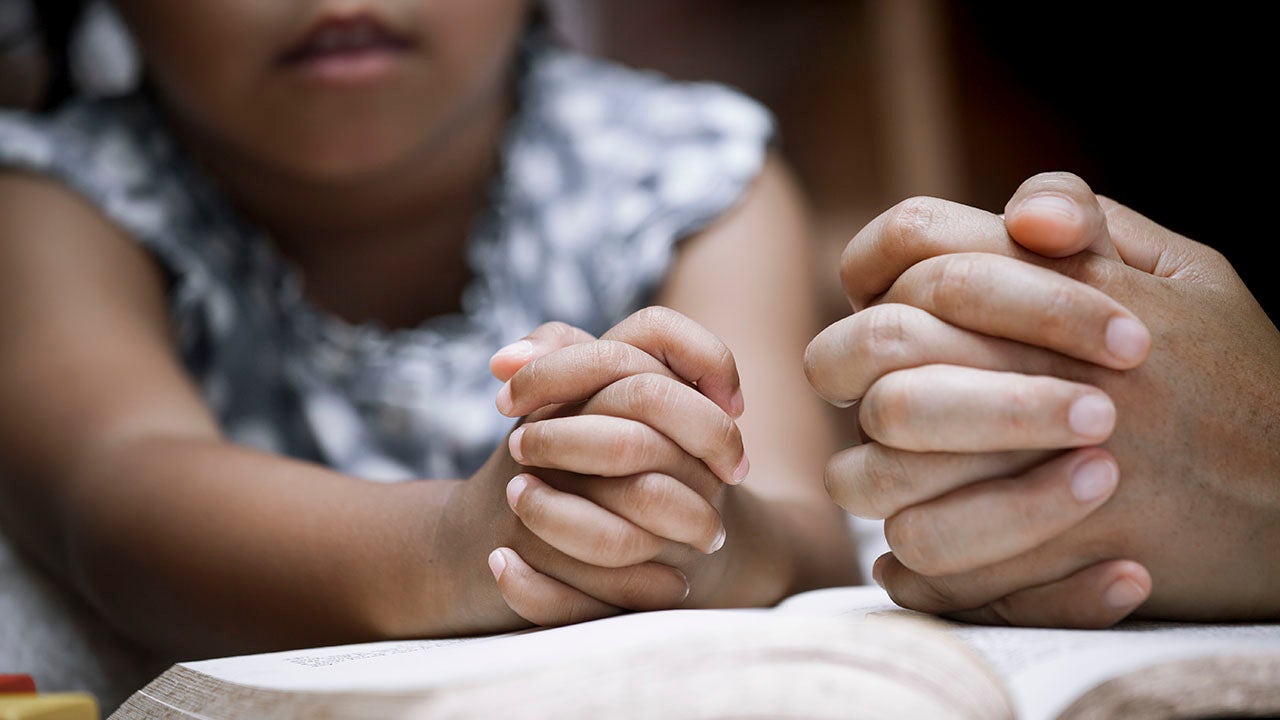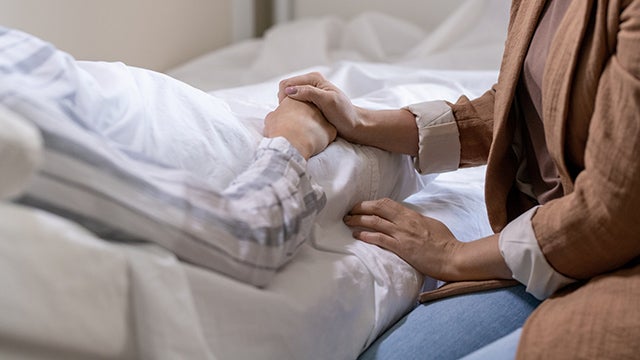Each summer for the past three years, the Des Moines Area Religious Council and the Comparison Project at Drake gathered high school students on Drake University’s campus to reflect on their religious background by creating digital storytelling projects, visiting the diverse religious communities of the Des Moines Metro, and building relationships with one another. Experiential learning defined our Interfaith Youth Leadership Camp.
It was the feeling of entering the Masjid and slipping out of one’s shoes. It was the smell of the foods being ladled on to our trays as we sat side by side on the floor of the Gurdwara. It was the sight of the Mandala in the Buddhist temple or the handwritten Hebrew parting like the Red Sea on the Synagogue scroll. It was the sounds of the hymns, or chanting, or electric guitar praise music from varying Christian traditions. It was the taste of dishes passed from one end of the restaurant table to the other. And above all, it was being with people one would otherwise never meet—the other students from dramatically different backgrounds, the counselors and professors from Drake University, the leaders and members of the diverse religious communities of the Des Moines Metro. It was the experience of being pushed far out of one’s comfort zone and into some newfound courage, curiosity, and friendship.
But when it became clear that the choice was either cancel this year’s camp or find a way forward online, our planning team wondered if it was worth a try. After a few weeks of back and forth, the decision was made (somewhat reluctantly by planners and funders) that it should still take place. At the very least, we hoped to keep the program rolling until we could do things the “right way” again next year. Instead, we were surprised to discover new ways to engage in interfaith learning that will benefit the camp in future years—whether in-person or entirely online.
Without the promise of an in-person experience, we accepted that the camp would likely be small, and maybe a little dull. Instead, when we passed our target size of 15, we kept making room for another, and another. Selecting the students for the camp every year is a little like casting a reality show—we would choose participants from very different backgrounds and throw them together for five intense days on campus. We weren’t sure how well students would connect without the proximity of the dorms. Logging on the first day, we were surprised to find how enthusiastic the students were for the experience. Our counselors started an ongoing group text chat and added informal gathering times to the schedule for the students to drop in and hang out.
To add to the tangible experience, we sent each participant a “camp in the box” with a T-shirt, treats from area ethnic grocery stores, a journal, a custom printed mask, and texts for the program. On the night that we would have eaten dinner at a local restaurant, we ordered participants delivery from local restaurants in their area and ate together on Zoom. (A word of caution: if you try to place orders to multiple addresses around the country, your delivery app will think your credit card has been compromised and shut you down.) The surprise of students as they opened their packages and tried their mystery food was ultimately worth the hassle.
The majority of our religious community sites were not meeting in person due to the pandemic. In some instances, we gathered online with leaders and members. Some communities have shifted their religious services online. On Saturday night, we each danced in our rooms together for a Nepali Hindu Bhajan. On Sunday morning, we were able to join the Divine Liturgy on Facebook or be welcomed into the home of a Church of Jesus Christ of Latter-day Saints member via Zoom for their family worship.
The greatest challenge was to create digital storytelling projects without access to the university computer lab. After some searching, we found an online platform called “WeVideo” that could be used on anything from a smartphone to a laptop and that delivered a similar video product to what we had created in previous years. The experience was so positive that we plan to use the software going forward.
If we can meet in person next year, we will likely include online aspects to expand the boundaries of the camp experience. Having to do things differently led to the discovery of some new tricks that made this camp great and will make future camps even better.
Rev. Sarah Trone Garriott is the Coordinator of Interfaith Engagement for the Des Moines Area Religious Council. Each year the Interfaith Youth Leadership Camp is a partnership with Dr. Timothy Knepper, Professor Philosophy and Director of the Comparison Project at Drake University. Check out this year’s (and previous) camp digital storytelling projects on the Iowa Interfaith Exchange site.
The Inclusive America Project is committed to advancing a thriving US Religious Pluralism and believes an important step to achieving this goal is sharing diverse voices and ideas across our platforms. In this spirit, we are pleased to publish blogs written by external authors working in and around the space.
The views and opinions expressed in this blog do not necessarily reflect those of the Aspen Institute.


